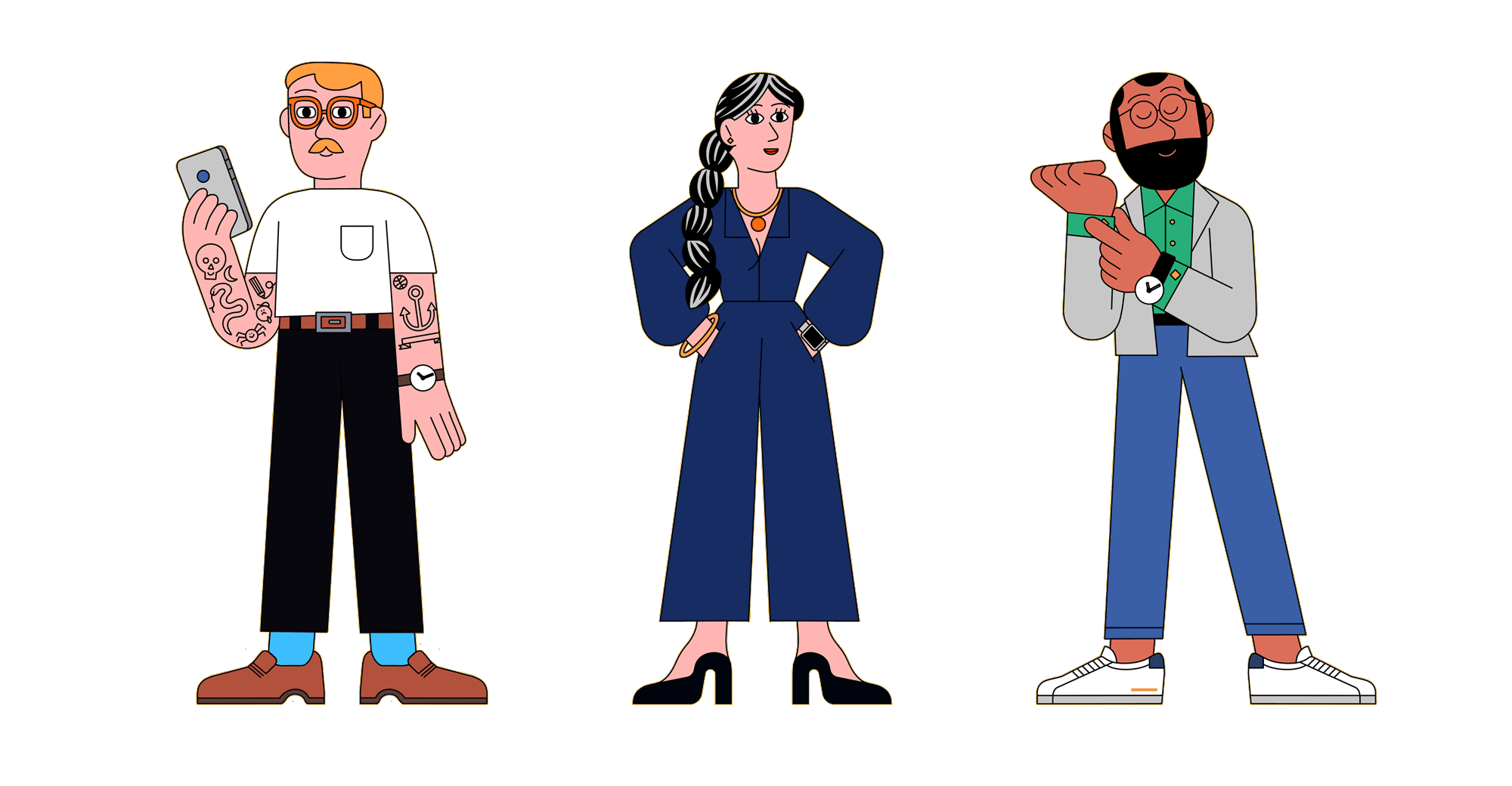In 2018, Airbnb reported $1 billion in revenue in their third quarter—a stark contrast from the $200 in weekly revenue they were earning in 2009. How did the once failing startup become a billion-dollar business? Design thinking.
Over time, that term has inched its way into boardrooms, open-concept offices, and coworking spaces around the globe. But other than appropriating a designer’s skillset as the new gospel of business and management techniques, what does the term really mean? Let’s take a look at why this is, and what you can glean from the principles of design thinking.
What is design thinking?
While you might see design thinking described as a methodology, an idea, a strategy, or an outlook, it boils down to a way of solving problems with creativity. Perhaps the most important aspect of design thinking, however, is that it puts human needs at the center of the practice.
“Design thinking is a human-centered approach to innovation that draws from the designer’s toolkit to integrate the needs of people, the possibilities of technology, and the requirements for business success,” says Tim Brown, executive chair of the design firm IDEO.
In other words, design thinking encompasses finding solutions that are:
- Desirable: Does the user actually want and need this?
- Viable: Does this make business sense?
- Feasible: Is the technology needed for this solution available?
As an iterative and collaborative process, it can serve the development of products like Dyson vacuums, services like Airbnb, processes like McDonald’s revolutionary food prep, and/or strategy, like at Netflix.
This means that the thinking that underpins your craft as a designer can be applied to pretty much…anything. Who knew? (Yeah, you did.)
The designer’s scientific method
Science looks to understand and explain the natural world, doing so with the use of a time-tested method. The findings might change, but how we get to them never does: question, gather evidence, test, draw conclusions, rinse, repeat. Sound familiar? That’s because design thinking, which looks to understand the human experience, is akin to this method. It underlies the process a designer-by-trade follows to come up with and produce their ideas.
Let’s visualize the five steps of design thinking with a little hypothetical. Imagine you’ve updated your creative portfolio, and you can see you’re getting tons of traffic to your new site, but absolutely no further engagement. What do you do?
- Empathize
- Get to know the user. Interact with them. Interview them, ask what and how questions. Your main concern: What are they experiencing when they come to your site? Observe their habits, how they interact with their environment and your platform, and how they run into the problem. Observation is key—people don’t always do what they say. Ditch the Google Form for this one.
- Define
- You’ve spoken to a handful of friends and colleagues. “It’s beautiful, I’m intrigued,” they tell you. You also learn that their intrigue is cut short because they have trouble finding your contact information.
- Develop insights from your observations by asking why. This is where you come up with a problem statement.
- Ideate
- You’ve now developed an insight: Your contact information is difficult to locate because once a user clicks on “Previous Works,” the button to contact you disappears. You’ve assessed that this is the issue you want to solve. Next step? Reframe your problem statement as a “how might we” question, and brainstorm away.
- For a successful design thinking operation, collaboration is key in this phase. Colleagues can build on ideas and challenge assumptions; users can be consulted for feedback, or even included in the brainstorming.
- Prototype
- You decide you want to add a contact button on the Previous Works page, as well as a CTA once they’ve scrolled through. This is where you might whip up some wireframes and send them around for feedback.
- Prototyping involves quickly iterating solution models to visualize, interact with, and test the ideas generated in the ideation phase. This is where you can actively challenge your assumptions.
- Test
- Your prototype received positive reactions from your crew. So, you implement the change and launch your solution at scale.
- Then, return to observing and engaging with users, redefine your problem, and keep improving upon the solution.
Remember: Design thinking is an iterative and dynamic process. Being empathetic to your user allows you to define the problem and create prototypes that meet real needs. Ideating and prototyping are a game of volley—ideally a swift back-and-forth. Testing leads back to redefining and all subsequent stages.
Design thinking (for designers)
So how can designers today use this style of thinking to streamline their workflow or even bring an in-demand perspective to the boardroom?
- Integrate observation, questioning and interviewing into your creative process. Get comfortable with focus groups, especially if, as a designer, you are a service provider.
- Refine your skills of defining the problem that a client is coming to you with, knowing that zeroing in on the problem allows you to bring effective and needed solutions. (This might be most evident in a rebrand situation, for example.)
- Challenge assumptions.
- Collaboration is an important facet of design thinking and multiple perspectives will challenge, refine and shape an idea into its most meaningful state.
- Thinking like a designer means actually thinking like the user: Put yourself in their shoes. Often, this means quieting the creative ego and suspending judgment. (Yes, we do it, too.)
Understand that, above all, design thinking is a tool for improvement. Communicate this: it can encourage better work conditions, better productivity, and ultimately, better earnings. Take confidence in the fact that your perspective as a designer is inherently valuable.
As Jaguar CEO Dr. Ralph Speth once said,“If you think good design is expensive, you should look at the cost of bad design.”



